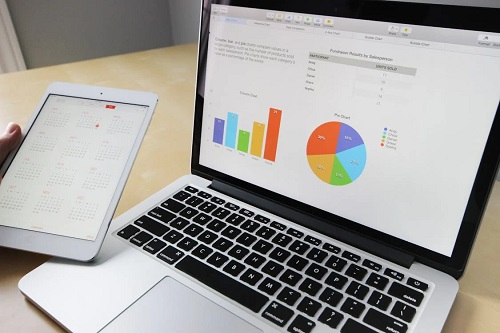Data Science
Data Science has emerged as one of the most exciting and rapidly growing fields in the tech industry. This course serves as an introduction to the fundamental concepts and techniques of Data Science, equipping you with the skills needed to extract valuable insights from data and make data-driven decisions.
The course begins by covering essential concepts in statistics and probability theory, providing a solid foundation for understanding the principles of data analysis. You'll learn how to explore and visualize data using popular libraries such as Pandas, NumPy, and Matplotlib in Python, gaining proficiency in data manipulation and presentation.
Moving on, you'll delve into machine learning, one of the core components of Data Science. You'll explore various supervised and unsupervised learning algorithms, including linear regression, logistic regression, decision trees, and clustering techniques. Through hands-on exercises and projects, you'll learn how to train and evaluate machine learning models, and understand the principles behind model selection and optimization.
Next, you'll explore advanced topics in Data Science, such as natural language processing (NLP) and deep learning. You'll learn how to process and analyze text data, extract meaningful information, and build predictive models using techniques like sentiment analysis and text classification. Additionally, you'll dive into neural networks and deep learning frameworks like TensorFlow and PyTorch, gaining an understanding of how to build and train deep learning models for tasks such as image recognition and sequence prediction.
Throughout the course, emphasis will be placed on practical application and real-world problem-solving. You'll work on a series of projects and case studies, ranging from analyzing real-world datasets to building predictive models for business applications. By the end of the course, you'll have a solid understanding of the entire Data Science workflow, from data acquisition and preprocessing to model deployment and evaluation.

Course Outline:
Introduction to Data Science
Overview of Data Science and its applications
Introduction to Python programming language and data science libraries
Exploratory Data Analysis (EDA)
Data visualization with Matplotlib and Seaborn
Data manipulation with Pandas and NumPy
Statistics for Data Science
Descriptive and inferential statistics
Probability distributions and hypothesis testing
Introduction to Machine Learning
Supervised vs. unsupervised learning
Linear regression and logistic regression
Natural Language Processing (NLP)
Text preprocessing and feature extraction
Sentiment analysis and text classification
Introduction to Deep Learning
Neural network architectures
Training neural networks with TensorFlow or PyTorch
Final Project
Capstone project applying Data Science techniques to solve a real-world problem
Presentation and peer review


